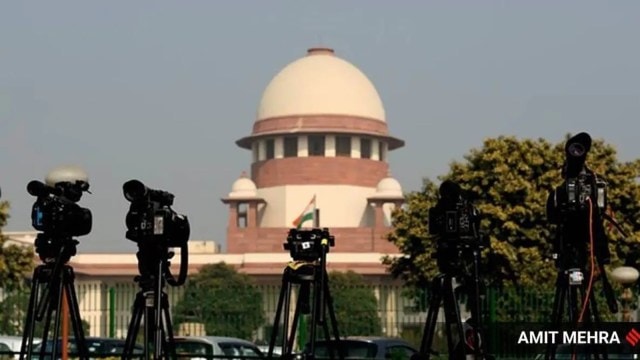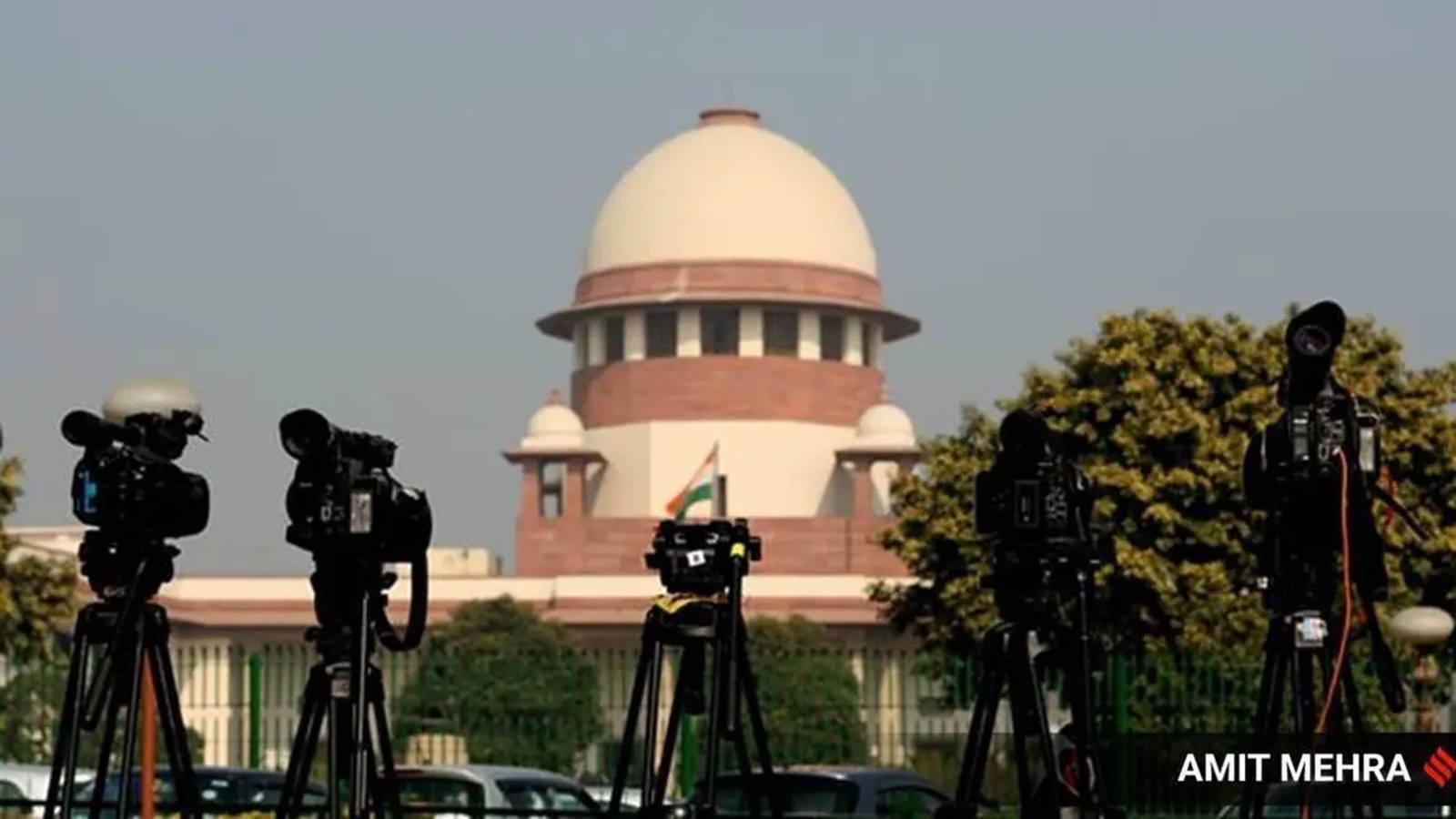
What is common between India’s Supreme Court judges, top executives of Fortune 500 companies, an IPL cricket team and Bharat Ratna awardees? A majority among them belong to social elite groups. Even after 77 years of Independence, crucial institutions of power and prestige in the country continue to be dominated by upper castes, while Dalits, Adivasis and Other Backward Classes (OBCs) have been relegated to the margins. Ironically, in its recent verdict, the Supreme Court observed that certain sections among Scheduled Castes (SCs) and Scheduled Tribes (STs) have benefited more than others and therefore sub-categorisation is required in the country’s reservation policy.
At first glance, it appears that the judges were sensitive to the claims of certain vulnerable social groups among SCs and STs. However, the verdict can create social tension and conflicts amongst Dalits. The Indian state has promoted its image as the guardian of the poor and the socially marginalised and framed social-justice policies to ensure the participation of historically vulnerable groups in the process of nation-building. However, state support to Dalits and Adivasis under the rubric of reservation policies has been ineffective in introducing diversity in modern institutions. A cursory investigation of the implementation of the reservation policy would reveal that it is poorly implemented by the state. In several sectors, the reserved posts are not filled. Seats allotted in Group A and B of government services often remain vacant – “candidate not found suitable” is often the reason cited for not filling up reserved posts. However, the Court neglected to suggest reforms to make the implementation process fair and more inclusive.
The Court has not taken into account that after liberalisation, government jobs have shrunk and contractual services have become the norm in the public sector. The state’s participation in the economy has declined, while the capitalist class has failed to abide by the social justice mandate. As a result, Dalits, Adivasis and the OBCs have a marginal presence in economic development. They operate on low wages, working in the gig economy or the informal sector. Their participation in the neo-liberal economy as leading entrepreneurs, as owners of unicorn start-ups or as part of the IT sector is minuscule. There are no government guidelines or policies that can direct market leaders to facilitate the participation of socially marginalised groups in capitalist development.
The Court seems to understand reservation as a means to achieve economic mobility. It neglects a crucial social fact: Dalits are subjected to social discrimination and violence. It appears that the apex court has applied a mechanist logic to the deeper problem of economic injustice and social exclusion. The reference to the creamy-layer criteria by a section of the bench has created confusion.
Social-justice policies should not be complicated by making them a matter of job distribution or programmes for class mobility. They are part of an ethical vision to build an inclusive economy with more participation of historically marginalised social groups as key actors in production, management and ownership. This aspect seems to have been overlooked in most recent discussions on reservations. This slippage is also apparent in the Supreme Court’s decision on the sub-classification of SCs and STs.
Policymakers should push for diversification, including ways that allow for more participation of Dalits, Adivasis and OBCs as business leaders, entrepreneurs and technology innovators. This will ensure a substantive democratisation of the economy and make the majority of the population a stakeholder in India’s development. It is essential that the profits, privileges and power ushered in by the neo-liberal economy be enjoyed by all and is not the preserve of an elite. The reservation policy needs to become more robust to ensure that Dalits, Adivasis and OBCs can emerge as participants in India’s economic growth.
The writer is assistant professor, Centre for Political Studies, JNU



